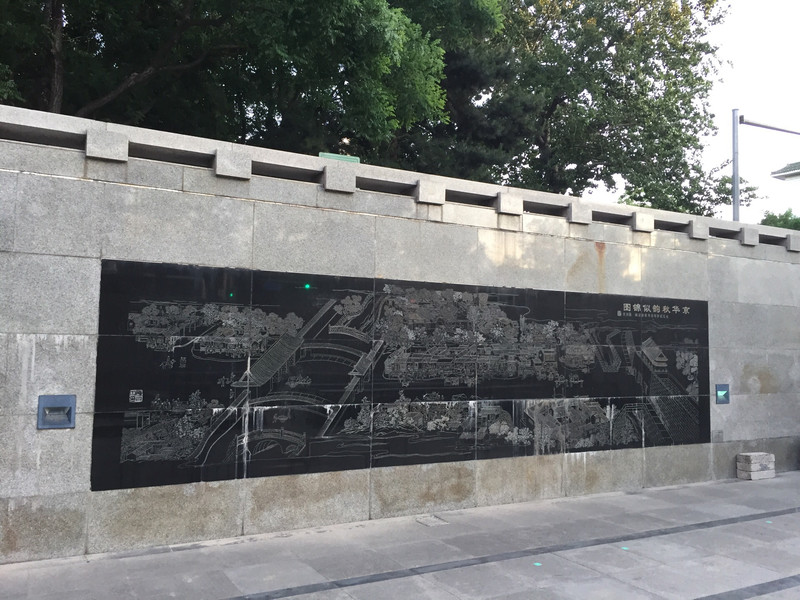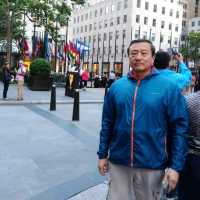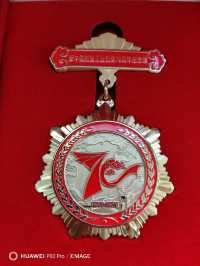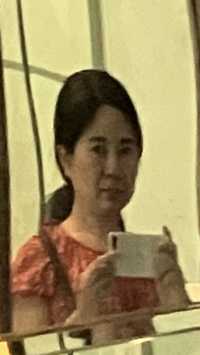非常小众的一个景点,也可以说,很少有人知道。遗址位于故宫东华门外,距离东华门很近,是过去明皇城东门。游览故宫的散客可以来看看。从现存的遗址来看,以前的地面比现在低,以至于整个遗址在发掘前都是在道路地面之下埋着。走在街面上是看不到遗址的。从楼梯可以从街道走到遗址地面,平时都是很安静,可以踩着玻璃桥面跨过遗址,感觉历史的沧桑。
;
Dong'anmen Ming Imperial Palace Relics Review
4.4 /521 Reviews
Popular Destinations
Asahikawa Travel | Dallas Travel | Gladstone Travel | Springwood Travel | Guangzhou Travel | Denver Travel | Shenyang Travel | Zaandam Travel | Zhengzhou Travel | Moscow Travel | Koh Tao Travel | Goulburn Travel | Srinagar Travel | Rapallo Travel | Jabiru Travel | Lusaka Travel | California Travel | Provence Travel | Cyberjaya Travel | Subiaco Travel | San Antonio de Areco Travel | Dilijan Travel | Matara Travel | Catawba County Travel | Lechang Travel | Henan Travel | Carterton District Travel
Recommended Attractions at Popular Destinations
Bangkok attraction near me | Tokyo attraction near me | Manila attraction near me | Hong Kong attraction near me | Taipei attraction near me | Seoul attraction near me | Los Angeles attraction near me | New York attraction near me | Shanghai attraction near me | Kuala Lumpur attraction near me | Shenzhen attraction near me | Osaka attraction near me | Singapore attraction near me | Guangzhou attraction near me | London attraction near me | San Francisco attraction near me | Beijing attraction near me | Macau attraction near me | Bali attraction near me | Paris attraction near me | Ho Chi Minh City attraction near me | Orlando attraction near me | Jakarta attraction near me | Phuket attraction near me | Chicago attraction near me | Toronto attraction near me | Istanbul attraction near me | Cebu attraction near me | Dallas attraction near me | Seattle attraction near me
Popular Attractions
Taman Safari Bali | Golden Whip Stream (Jinbian Stream) | Matthew Flinders Red Cliff Lookout | Sri Venkateswara Temple(SVT Sydney) | Universal Studios Hollywood | Vana Nava Water Jungle | Khaosan Road | Colosseum | Caversham Wildlife Park | Babylon Sauna & Spa | Ghibli Museum | Xi'an Drum Tower | Shanghai Ocean Aquarium | Baiyun Mountain | Moonlit Sanctuary Wildlife Conservation Park | Shamian Island | İpek Parkı | Kahavakhana Masjid | Lafayette Square | Sallows | Centro Temático Duquesa de Benamejí | Mount Samat Cross | Tonteg Park | Aquapark Wroclaw | Punkt widokowy | Iglesia De La Santa Cruz | SEA LIFE Sunshine Coast Aquarium | Emperor Qinshihuang's Mausoleum Site Museum | Yangtze River Cableway | Shaanxi History Museum
Popular Travelogues
Bangkok Travelogue | Tokyo Travelogue | Hong Kong Travelogue | Seoul Travelogue | Los Angeles Travelogue | New York Travelogue | Shanghai Travelogue | Kuala Lumpur Travelogue | Shenzhen Travelogue | Osaka Travelogue | Singapore Travelogue | London Travelogue | Beijing Travelogue | Macau Travelogue | Bali Travelogue | Paris Travelogue | Phuket Travelogue | Toronto Travelogue
Payment Methods
Our Partners
Copyright © 2024 Trip.com Travel Singapore Pte. Ltd. All rights reserved
Site Operator: Trip.com Travel Singapore Pte. Ltd.
Site Operator: Trip.com Travel Singapore Pte. Ltd.















